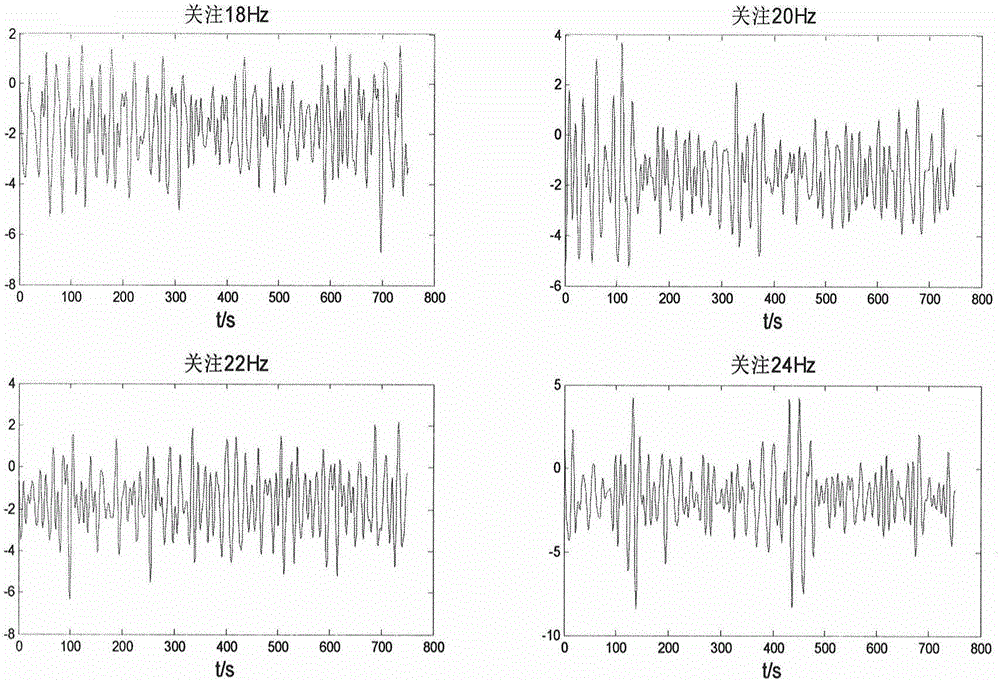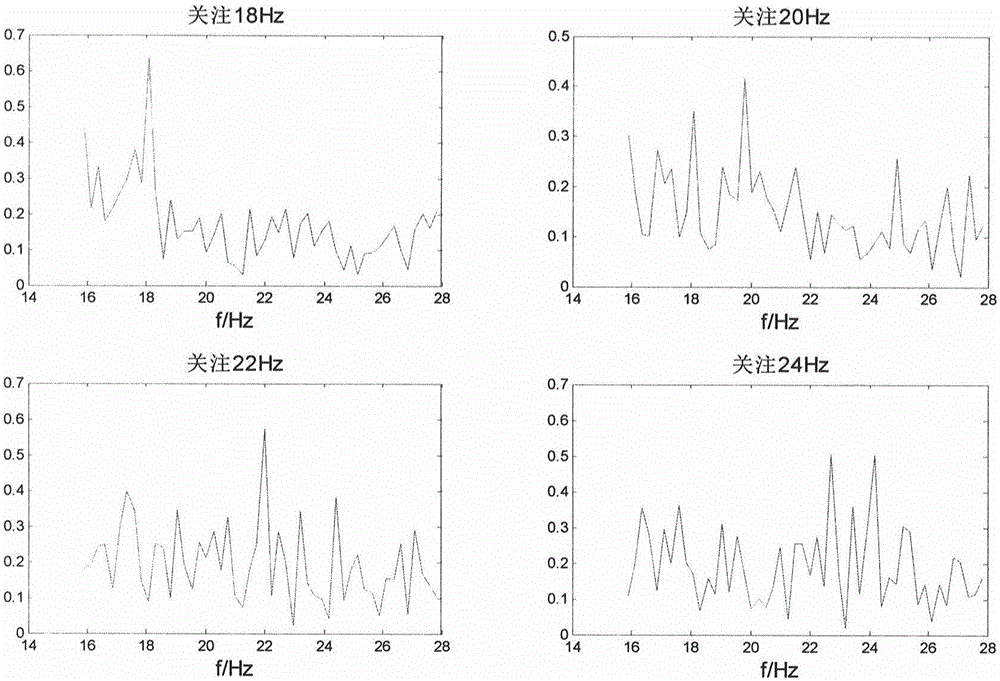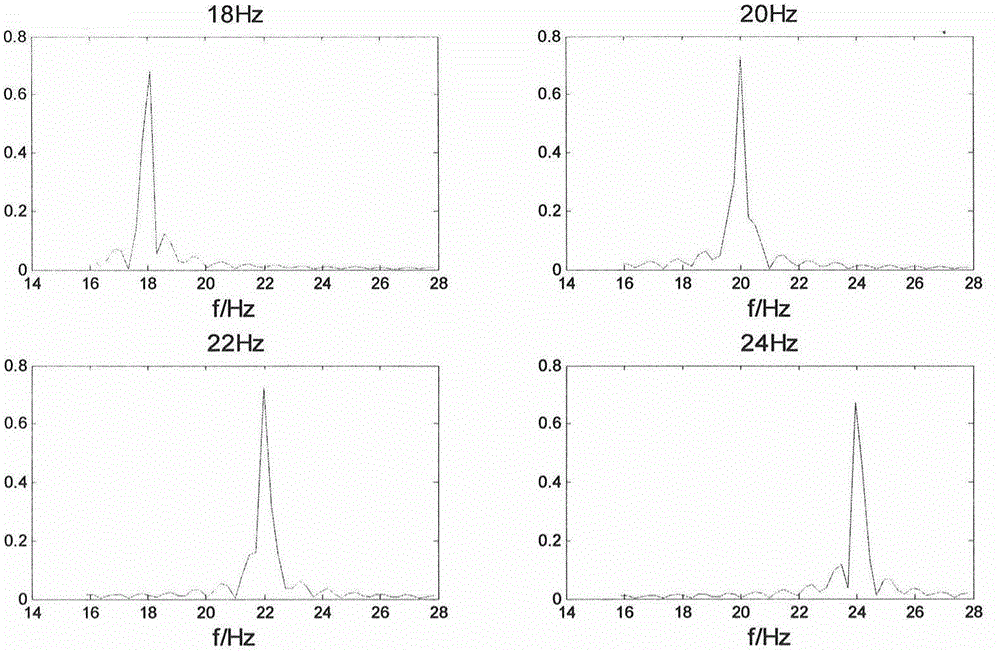Method for detecting spatial selective attention on basis of grey theories
A technology of grey theory and detection method, applied in cognitive research and selective attention field, to achieve the effect of high recognition accuracy and high resolution
- Summary
- Abstract
- Description
- Claims
- Application Information
AI Technical Summary
Problems solved by technology
Method used
Image
Examples
Embodiment Construction
[0027] specific implementation plan
[0028] 1. Build as figure 2 In the visual stimulation system shown, the frequencies of stimulation signals at different locations in space are different, so that different frequencies represent different locations. The stimulation source adopts LED driven by FPGA, which has high stimulation intensity, frequency accuracy and adjustability;
[0029] 2. Carry out attention test experiments on this system and read EEG signals at the same time. Perform SSVEP detection and processing.
[0030] SSVEP is evoked EEG and is characterized by an increase in the amplitude of the EEG component corresponding to the stimulus frequency when focusing on flickering stimuli. Therefore, the present invention proposes a gray relational analysis method to extract features from the SSVEP signal.
[0031] Because the characteristics of the SSVEP signal in the frequency domain are particularly obvious, it is first considered to transfer the time domain signal ...
PUM
 Login to View More
Login to View More Abstract
Description
Claims
Application Information
 Login to View More
Login to View More - R&D
- Intellectual Property
- Life Sciences
- Materials
- Tech Scout
- Unparalleled Data Quality
- Higher Quality Content
- 60% Fewer Hallucinations
Browse by: Latest US Patents, China's latest patents, Technical Efficacy Thesaurus, Application Domain, Technology Topic, Popular Technical Reports.
© 2025 PatSnap. All rights reserved.Legal|Privacy policy|Modern Slavery Act Transparency Statement|Sitemap|About US| Contact US: help@patsnap.com



